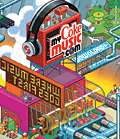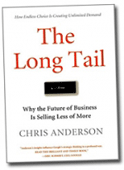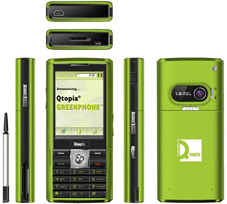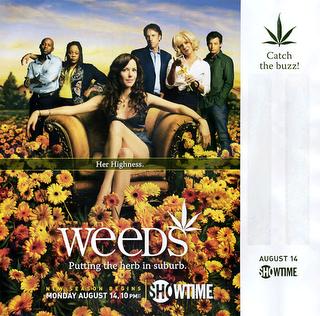
© copyright AdAge.com
McKinsey Study Predicts Continuing Decline in TV Selling Power
Cites 50% Drop in Viewers, 40% Hike in Prime-Time Ad Spend Over Last Decade
By Abbey Klaassen - aklaassen@crain.com
Published: August 06, 2006
NEW YORK (AdAge.com) -- A study is about to give Madison Avenue a fresh pummeling: McKinsey & Co. is telling a host of major marketers that by 2010, traditional TV advertising will be one-third as effective as it was in 1990.
The McKinsey & Co.'s new media proliferation study data was prepared for, and delivered to, its Fortune 500 clients.
Shocking statistic
That shocking statistic, delivered to the company's Fortune 100 clients in a report on media proliferation, assumes a 15% decrease in buying power driving by cost-per-thousand rate increases; a 23% decline in ads viewed due to switching off; a 9% loss of attention to ads due to increased multitasking and a 37% decrease in message impact due to saturation.
"You've also got pronounced changes in consumer behavior while they're consuming media," said Tom French, director at McKinsey. "And ad spending is decreasingly reflecting consumer behavior."
According to the report, real ad spending on prime-time broadcast TV has increased over last decade by about 40% even as viewers have dropped almost 50%. Paying more for less translates into a much higher cost-per-viewer-reached -- a trend also true in radio and print.
Teens turn from TV
Thank a combination of older technologies such as cable, PC computers, cellphones, CD players, VCRs, game consoles and the internet, along with more recent ones -- PDAs, broadband Internet, digital cable, home wireless networks, MP3 players, DVRs and VOD-- for those changes. And teens foretell an even more radical shift in future media consumption, the report points out: They spend less than half as much time watching TV as typical adults do. Teens also spend 600% more time online, surfing the web.
According to Forrester Research's most recent North American Consumer Technology Adoption Study, people ages 18 to 26 spend more time online than watching TV and are adopting new technology faster than any other generation. Because of that, they tend to be more receptive to blog, podcast and mobile-web ads.
That leads one to wonder whether consumer marketing mixes should change to reflect consumer behavior.
Catch-22
The answer is not quite -- yet, at least. The Catch-22 is a "chaos scenario" that smart marketers have read about in these pages: a dearth of online-ad supply and the web's generally fragmented nature will keep TV in booming business for the next several years.
"Should everybody shift 30% of their dollars to the web?" asked Amy Guggenheim Shenkan, senior practice knowledge specialist in McKinsey's San Francisco office. "No. There wouldn't be room today if everybody wanted to shift online. Last year [online media] was $12.5 billion, by end of 2007 digital advertising will be $18 to $25 billion. ... So we're seeing a lot of growth, but if you want to match up share of attention and share of dollars it couldn't happen for that reason." The TV ad industry is a $68 billion one.
So what's a marketer to do?
Mr. French said it's no longer good enough for an advertiser to take standard reach metrics at face value. He advises them to consider evaluating media on an "adjusted reach" basis.
Not adjusting reach numbers
"What we don't find people doing is adjusting those reach numbers for people who are actually tuned in," Mr. French said. "Not just watching but actually paying attention."
He also suggests there's a great role for chief marketing officers to play within their organizations, where they have influence over all customer-interaction channels -- call centers, sales forces, retail partners -- and can use those to supplement a decreasingly effective media channel.
Consider the enterprise telecom company (not named by McKinsey). Some 44% of the purchasing decision was influenced by interaction with sales, building/installation and service/maintenance teams.
"We see many, many leading organizations across industries realizing they need to systematically improve their commercial effectiveness," Mr. French said. "And the logical candidate for driving that is the CMO."
Evolve marketing model
Emerging as some of the best examples are industries in which marketing has long been relegated to a back-seat role but is now becoming a major force in the front office -- major broad-based industrial conglomerates, financial services and telecom. In contrast, the companies people used to benchmark what marketing excellence is -- major package-goods players, for example -- are realizing they've got to dramatically evolve their marketing model.
"CMOs have to step up to a larger role and question a host of historical assumptions of how marketing works," Mr. French said. "They have to continue to build rich, robust and proprietary customer insights, but they have to do it from a bunch more sources."
































